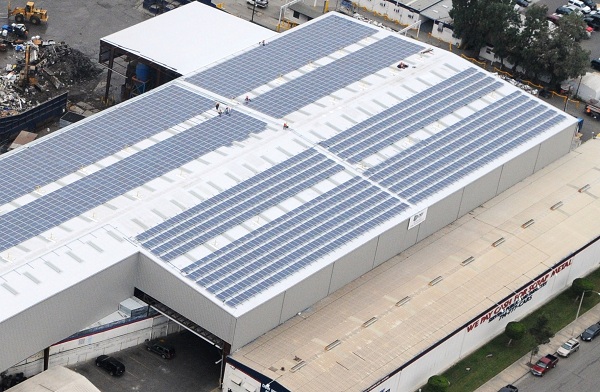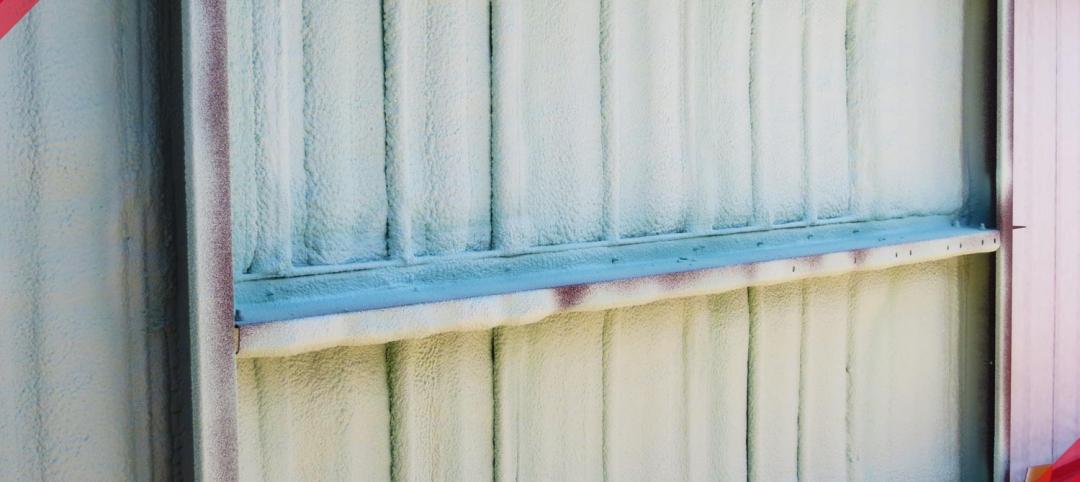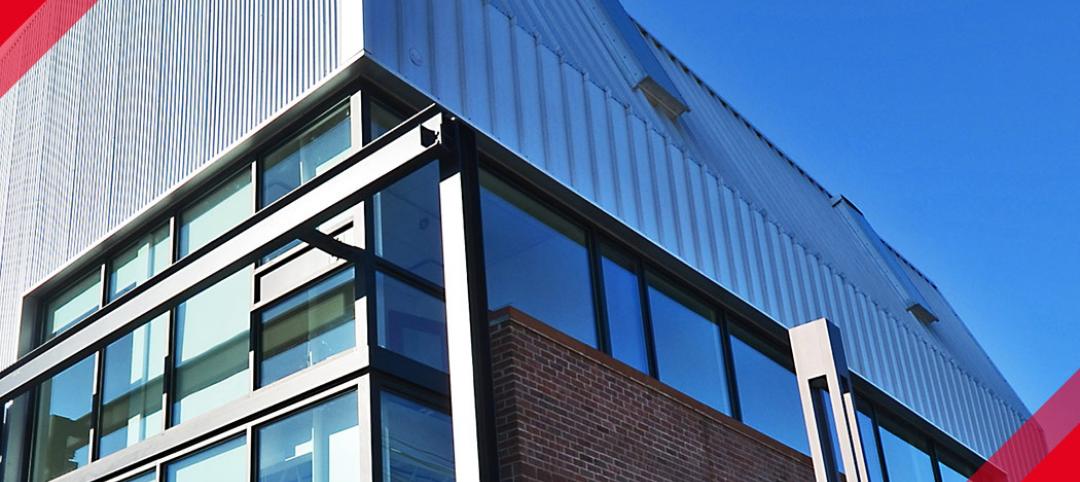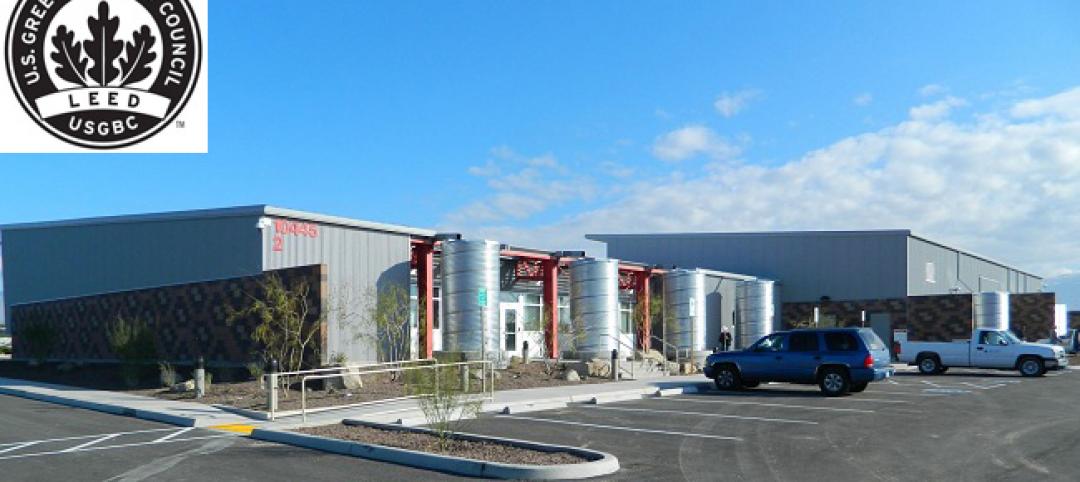Most of the energy on Earth comes from the sun. Sunshine reaching the earth’s surface, averaged over the entire planet, is about ¾ of a KWh per square foot per day. But that also includes energy filtered or reflected by the atmosphere and areas closer to the poles where the angle of light is highly oblique. When there is bright sunshine at ground level, it rains down about 100 watts per square foot during the sunniest times of the day.
Some of that sunshine falls on roofs. Thus, a 1000 square foot roof can get up to 100 kW of energy during the sunniest parts of the day and sunny locations can get 750 kWh over a the course of a day—and most of it is never captured.
People are starting to value the sun’s free energy more. Solar energy collectors that turn sunshine into electricity—known as photovoltaic (PV) panels or solar panels—are becoming more common on rooftops in many parts of the U.S. Almost any flat or southerly-facing roof can generate electricity. A large roof can become a resource that saves significant money on energy consumption and helps reduce emissions of CO2 as well as pollutants into the atmosphere if that energy replaces energy created by the burning of fossil fuels.
And it turns out metal roofs—such as are found on many metal buildings and other commercial roofs—make excellent hosts for solar panels. They’re a good match for three reasons: installation advantage, life expectancy, and cool, suitable conditions.
First, the installation advantage. Silicon solar cells are easily broken and have fragile wiring connecting them, so they need solid support such as that provided by an aluminum and glass encasement. On most roof systems, that requires a racking system anchored to the roof by drilling into the roof’s surface. Any roof penetration is, in the long run, a potential leak; and wind action on the panel can pull on the fasteners, which may widen the roof-holes over time. Mounting to a standing seam metal roof is a better option. Panel mounts can be clamped directly to the standing seams of the roof panels, eliminating any penetrations as well as the need for a racking system.
Second, the matter of life expectancy. The expected service life of a metal roof—recently shown to be 60 years or more—is a better match for the service life of solar panels. The warranted life of today’s solar panels is 20-25 years and most continue to be productive long after that. Few commercial roofs—other than metal—will last as long as the solar panels. Moreover, most solar installations are made on existing roofs, increasing the odds the panels will have to be taken down at some point and then re-installed when the roof is replaced. All that extra expense and disruption of the power resource is eliminated with a metal roof. If a metal roof is properly maintained, the installed solar panels can remain undisturbed until their service life is complete. The only time they would need to be replaced is if you wanted to swap them with any newer, higher-efficiency solar collectors of the future. But if you didn’t want to upgrade, you could still have the original, high-performing metal roof in service the entire time you have your original solar panels in place.
The third reason that metal roofs are great hosts for solar panels is that the reflective coatings (called “Cool Roofing”) commonly used by manufacturers these days reduces the surface temperature of the roof, which improves the performance of the PV modules. This is because PV modules get very hot in the sun, and this heat increases the electrical resistance of the circuit they power, reducing total efficiency. By using Cool Roofing, this effect is reduced.
With solar power and metal roofs working together like good friends, knowing which PV panels work best for each building situation is the next step toward joining the solar-powered movement. There are basically two types of PV panels commercially available: crystalline and thin-film. Crystalline silicon is generally more efficient; but because of their fragility, must be mounted in a frame. Thin-film modules, on the other hand, can be mounted on flexible substrates.
Glass panels are rigid frameworks weighing about 3-4 lbs/sf, and they come in two flavors. The more expensive monocrystalline panels are arrays of single slices of silicon crystal. They typically display a pattern of dark-blue, almost black squares with clipped corners, spaced very close together. Polycrystalline panels are made of random-shaped fragments of silicon crystal-slices, combined into a flat surface. They typically appear as shimmery-blue squares or rectangles. Both are embedded with varying-width strips of silver leads. The leads are electrical contacts, current collectors for the crystals. However, they also block the sun and have a negative impact on efficiency. Polycrystalline panel efficiency is limited to 15%-18%, while monocrystalline cells are a little more efficient, up to 23%, but at a significant increase in cost.
The other type of PV panel technology is flexible thin film. Although most thin-film modules are also encased in a frame, they can also be installed directly onto a new or existing roof surface. Thin film weighs about 75% less than glass panels (about 0.75 lbs/sf). It is also less efficient than crystalline panels (10%-13%) but certain types can perform better in low-light conditions.
At a practical level, about 75% of a roof area (minus any rooftop equipment or skylights) can be covered with PV panels, leaving enough room for maintenance and fire fighter access. Assuming 10 watts/sf on a clear day (10% efficiency modules), 2000 sf of roof can produce 15,000 watts (15kW) of electricity (2000 x .75 x10w/sf). The level of electricity generated varies depending on prevailing weather, and the geographic latitude of the location—installations in the northern US will predictably generate less than a roof in the Southern U.S., due to the angle of the sun.
With regard to all your new solar panel knowledge, remember what we’ve conveyed is only the beginning. Talk with a professional in your area before you ever get started. Before installing a solar array on any roof, a registered professional engineer should be consulted to determine if the roof is capable of accepting the additional loads.
The cost of solar installations is currently much more affordable thanks to government incentives, too. The federal Business Energy Investment Tax Credit is 30% until 2019, and state incentives may lower the final cost even more. Furthermore, accelerated depreciation as allowed by the Federal Government will offset generated cash flow that would otherwise be taxable.
To get started with clean, solar energy today and for information on the federal program, visit http://energy.gov/savings/business-energy-investment-tax-credit-itc, and consult state energy authorities for possible state programs.
More from Author
Bob Zabcik | Feb 19, 2018
Spray and board foam plastic insulation: A primer for metal building suppliers
There is little doubt that the use of foam plastic insulation in metal building exterior roof and wall assemblies is on the rise.
Bob Zabcik | May 3, 2017
Steel protection methods
There are robust, well-proven ways to protect steel so it can perform up to its potential virtually indefinitely.
Bob Zabcik | Dec 23, 2015
Taking the LEED in Construction
LEED is a rating system that allows a building to score points for doing things more sustainably, in a variety of ways. There are different kinds of LEED points that relate to materials, energy consumption, jobsite sustainability, and more.
Bob Zabcik | Apr 25, 2014
A radiant barrier FAQ: Everything you wanted to know but were afraid to ask
There are many examples of materials developed for the space program making their way into everyday life and radiant barriers are just that. SPONSORED CONTENT
Bob Zabcik | Jan 12, 2014
The ‘fuzz factor’ in engineering: when continuous improvement is neither
The biggest threat to human life in a building isn’t the potential of natural disasters, but the threat of human error. I believe it’s a reality that increases in probability every time a code or standard change is proposed.











